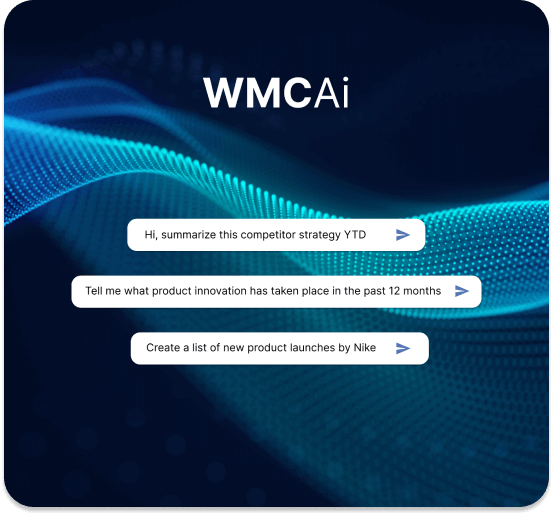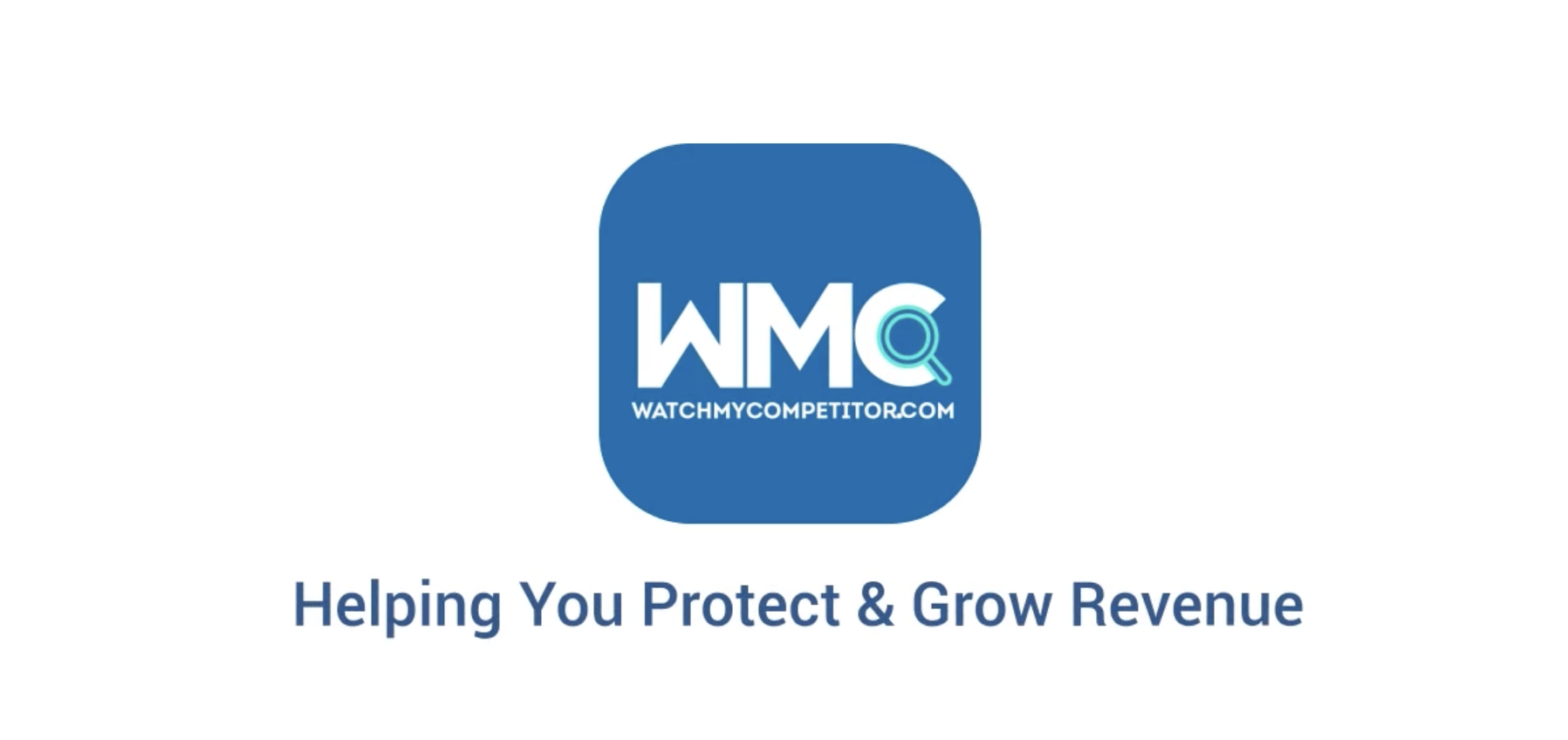Summary
- This article will explore key important advantages and disadvantages of website monitoring.
- We will examine how to get started and build a website monitoring strategy.
- Furthermore, we will look at the significance of intelligence-driven decision making.
Introduction
In today’s highly competitive business landscape, organisations must find ways to gain an edge over their competitors. Without that edge, their position, revenue and momentum are all vulnerable to the actions of their competitors.
Website monitoring is a valuable way for businesses to track their competitors’ online activities and gain a competitive advantage.
In this article, we’ll explore the advantages and disadvantages of website monitoring, and how it can help businesses make smarter, data-driven decisions to outsmart the competition. But let’s begin with a simple definition.

What Is Website Monitoring?
Competitor website monitoring is the practice of tracking and analysing a competitor’s website to gain insights into their online activities, such as marketing efforts, product offerings, and promotional campaigns. In a previous article, we discussed about the factors to take into consideration when choosing a website monitoring tool.
Advantages Of Website Monitoring
1) Gain a deeper understanding of competitors’ strategies
By monitoring the websites of your competitors, you can gain valuable insights into their marketing efforts, products or services, and promotional campaigns. This information can help you identify gaps in your own strategy and improve your products or services. Additionally, you can develop more effective marketing campaigns to stay competitive.
2) Receive early warnings of potential threats
Website monitoring provides an early warning system for potential threats to your business. By keeping an eye on your competitors’ websites, you can identify changes such as lower pricing or new marketing campaigns. This allows you to make necessary changes to your own strategy before it’s too late.
3) Improve customer experience and satisfaction
Website monitoring can also help improve your customer experience by analysing your competitors’ websites. By identifying areas where their website design and functionality excel, you can improve your own website to provide a better user experience. This can lead to increased customer satisfaction, engagement, and loyalty.
4) Benchmark your performance against competitors
Website monitoring can be used to benchmark your performance against your competitors. By comparing metrics such as page load time and bounce rate, you can identify areas where you need to improve to stay competitive. This helps ensure that you’re offering a website that is on par with or better than your competitors.
Disadvantages Of Website Monitoring
1) Ethical considerations
The practice of website monitoring raises ethical concerns related to the collection and use of data. While website monitoring is legal, it can be perceived as unethical by some customers and competitors. To mitigate ethical concerns, it’s crucial to comply with all applicable laws and regulations, be transparent about data collection and usage, and respect customers’ privacy.
2) Risk of over-reliance on data
Website monitoring has the potential to create over-reliance on data, which may hinder creativity and innovation. To avoid this, it’s essential to use website monitoring as a tool to supplement decision-making, not as the sole basis for decision-making. Balancing data-driven insights with human intuition and creativity is vital.
3. Limited scope of insights
Website monitoring has a limited scope regarding the data that can be gathered. While it can provide valuable insights into a competitor’s website, it may not offer a complete view of their overall business strategy. Therefore, it’s crucial to complement website monitoring with other forms of competitor intelligence and tracking.
This could include tracking competitor social media accounts, review scores and appearances in relevant media publications.
4. Resource-intensive
Website monitoring can be resource-intensive, requiring businesses to dedicate time, money, and manpower to effectively monitor their competitors’ websites. However, a competitor intelligence platform such as WatchMyCompetitor makes this process simple and fast thanks to automated tracking technology and human analysis and curation. You can find out more about the platform here.
How To Get Started With Competitor Monitoring
We now have a thorough understanding of the advantages and disadvantages of website monitoring. The next step is implementing a website monitoring strategy.
This can initially seem daunting, especially for enterprise-level businesses with complex websites and a multitude of competitors. Here are 5 simple steps to help you get started.
1) Clarify why you’re using website monitoring
Before you start monitoring your competitors’ websites, it’s essential to define your objectives. What are you hoping to achieve? Are you looking to gain insights into your competitors’ online marketing strategies?
Do you want to learn about new products and services they’re offering? Are you hoping to identify new sales opportunities? Once you have a clear understanding of your goals, you can begin to identify the specific types of content and activities you want to track.
2) Find the right competitor intelligence platform
Once you’ve defined your goals, you need to find the right platform to monitor your competitors’ websites. There are many tools available, each with its own strengths and weaknesses.
Look for a platform that provides a comprehensive view of your competitors’ websites, including data on traffic, engagement, content, and backlinks. Make sure the platform is easy to use and provides actionable insights that you can use to improve your own online strategy.
3) Identify the competitors whose websites you want to track
Once you’ve chosen a monitoring platform, it’s time to identify the competitors whose websites you want to track. Start by looking at your closest competitors, those who offer similar products or services to your own.
You may also want to monitor the websites of complementary businesses, those who offer products or services that are related to yours. Finally, consider monitoring the websites of larger, more established companies in your industry, as they may offer valuable insights into new trends and emerging technologies.
4) Identify the types of content on those websites you want to track
Once you’ve identified the competitors whose websites you want to monitor, you need to determine the types of content you want to track. This may include new product launches, changes to pricing or packaging, updates to website content, and changes to social media strategy. You may also want to track changes to your competitors’ SEO strategy, including changes to keywords, meta descriptions, and title tags.
5) Clarify wow you plan to use the insights you gather
Finally, it’s essential to clarify how you plan to use the insights you gather from website monitoring. This may include sharing data with key stakeholders in your organisation, such as senior executives or marketing teams.
It may also involve using the data to inform your own online strategy, such as identifying new product opportunities or refining your SEO strategy. Make sure you have a clear plan for how you will use the data you gather, and be prepared to adapt your strategy based on the insights you uncover.
The Significance Of Intelligence-Driven Decision Making
Website monitoring forms part of your competitor intelligence strategy. It gives you insights that can be used to validate, inform and optimise your strategies.
Here are some statistics that highlight the importance of using data to inform decisions:
- According to a study by McKinsey, data-driven organisations are 23 times more likely to acquire customers, six times more likely to retain customers, and 19 times more likely to be profitable than companies that don’t use data for decision-making.
- A survey by PwC found that 69% of executives believe their organisations are not making full use of data, emphasising the significance of investing in data-driven decision-making.
- A report by Forrester Research revealed that companies that use data to make decisions can increase their revenue by up to 20%.
Concluding Thoughts About Advantages And Disadvantages Of Website Monitoring
To gain a competitive advantage, website monitoring can provide valuable insights into your competitors’ online activities, allowing you to make informed decisions quickly.
By utilising website monitoring as a tool to inform business decisions, you can gain a more comprehensive understanding of competitors and the market. To fully leverage the benefits of data-driven decision-making, it’s crucial to invest in the right technology, resources, and expertise, and to ensure that you’re using data in compliance with all applicable laws and regulations.








